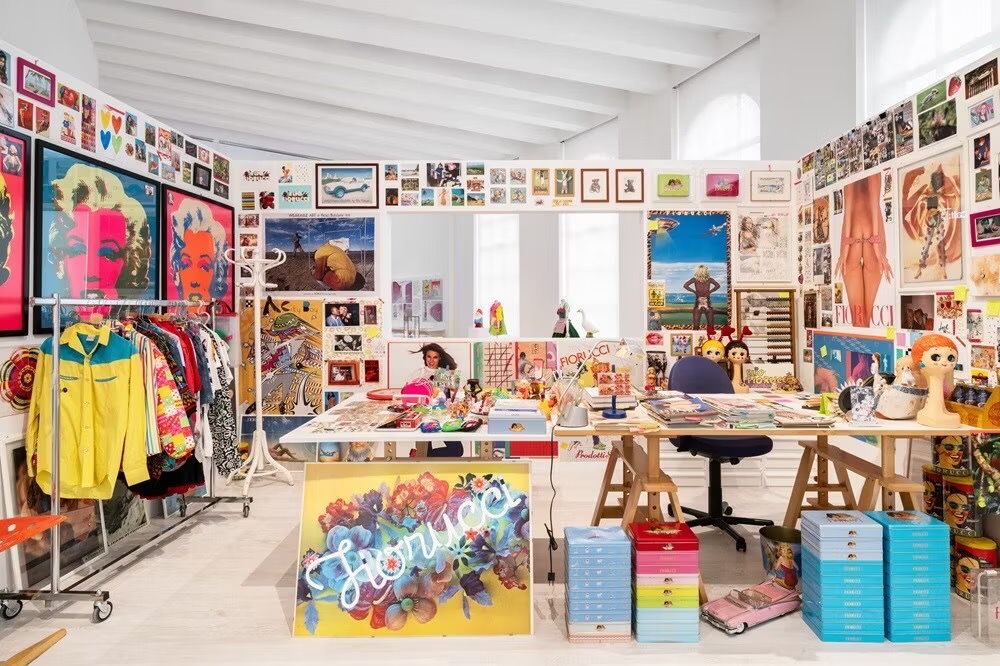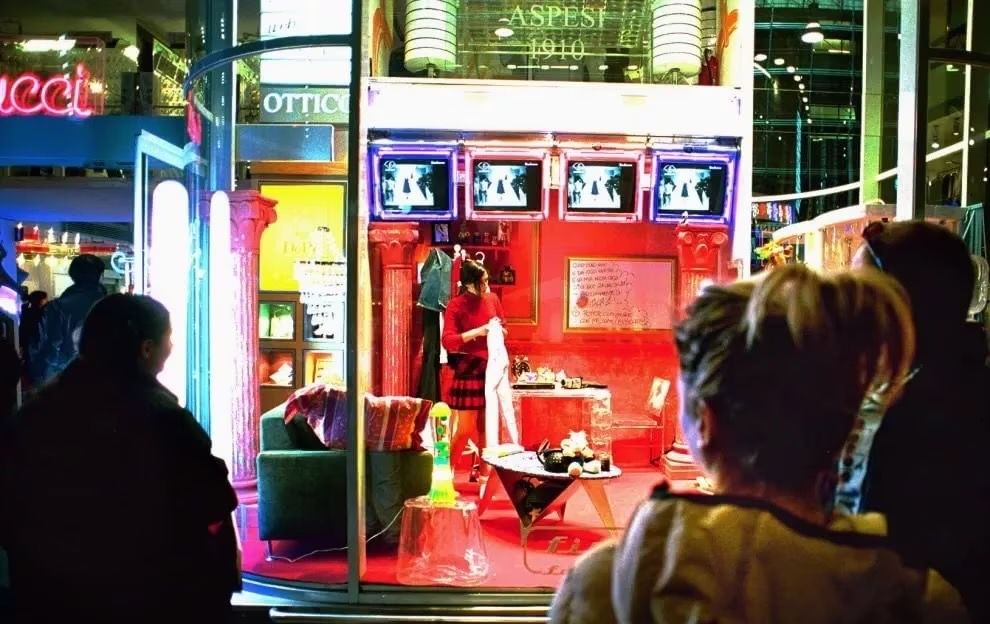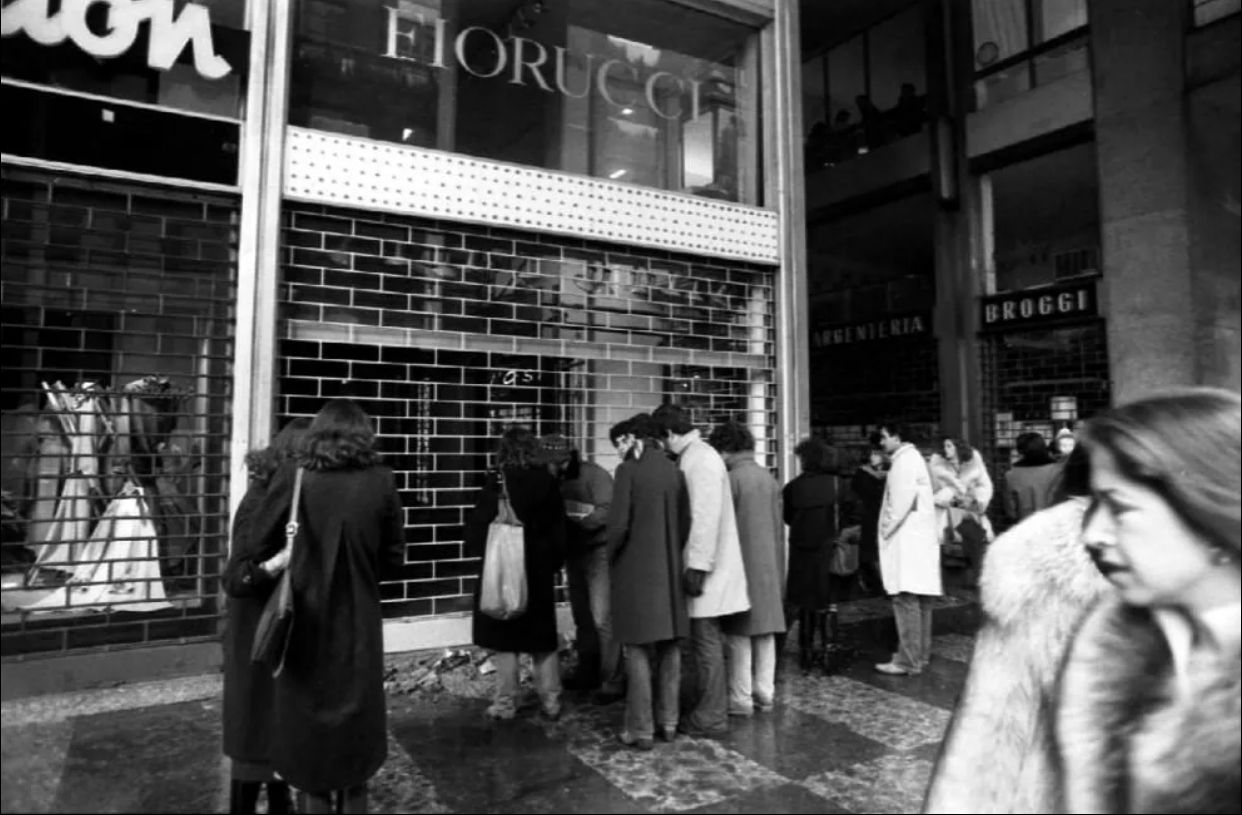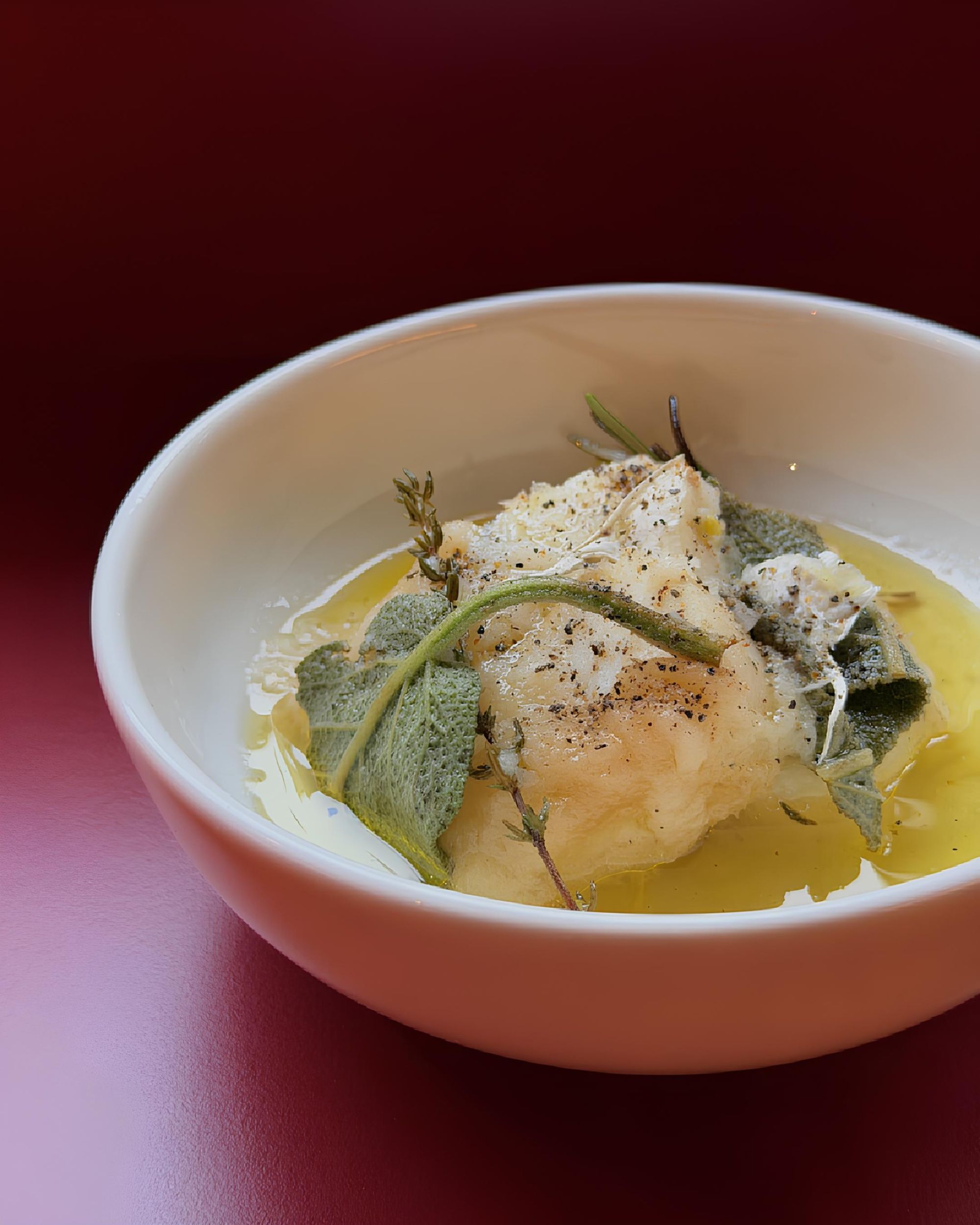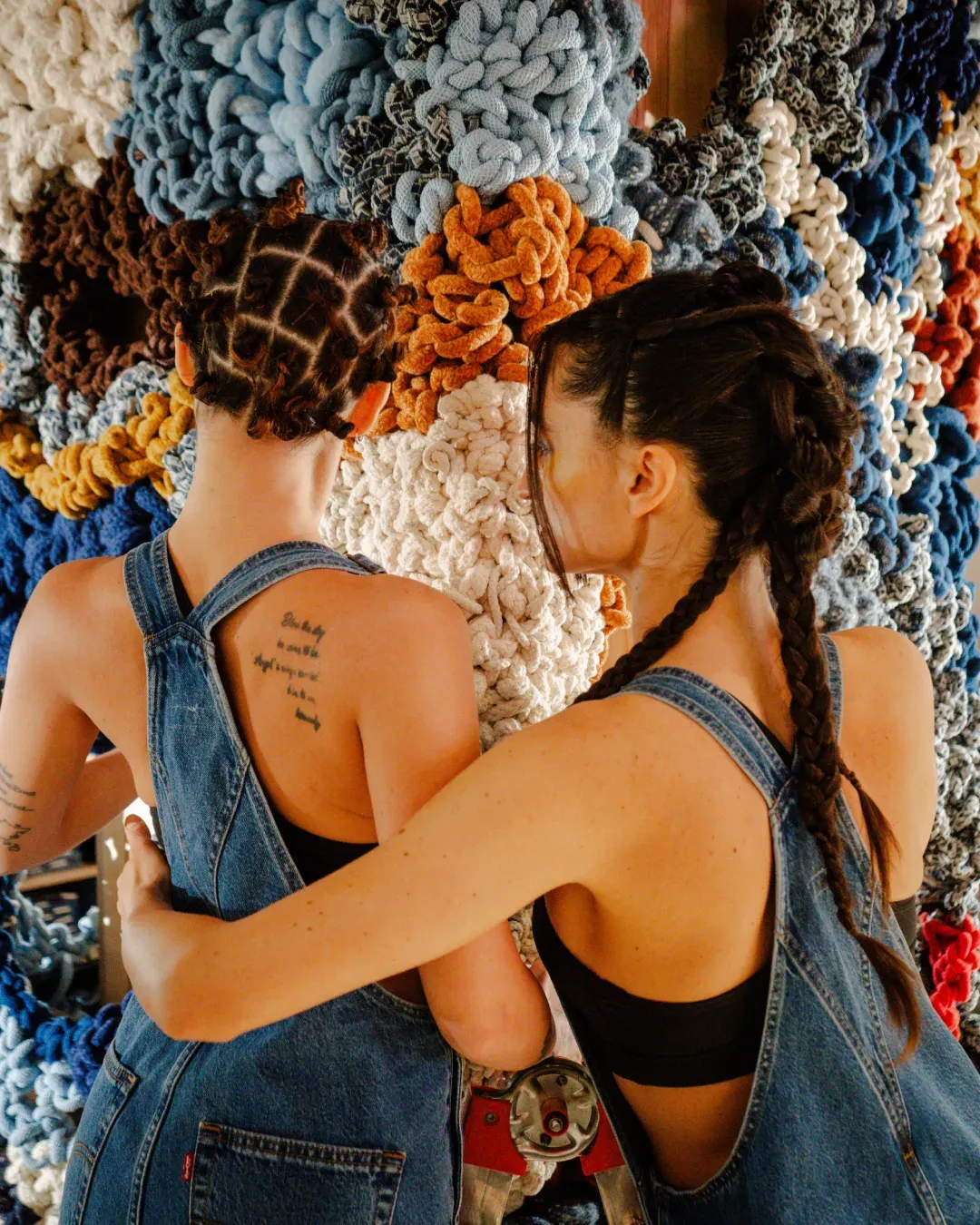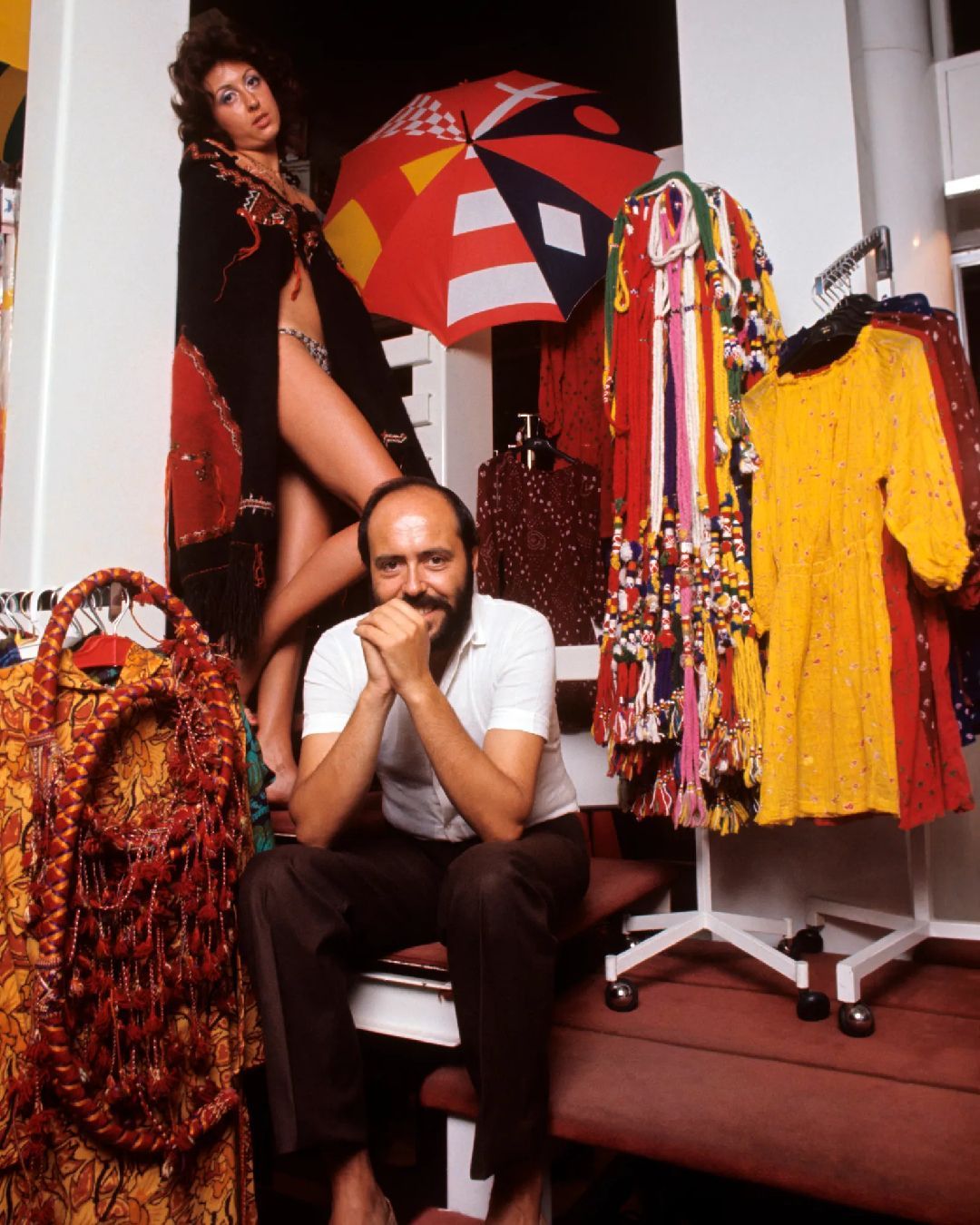
Why was Elio Fiorucci such a brilliant designer? A review of the designer's history before visiting the new exhibition at Triennale Milano
This autumn, Triennale Milano hosts "Elio Fiorucci", a retrospective on the life and work of one of the most important figures in Italian fashion during the 1970s and 1980s. Curated by Judith Clark and designed by Fabio Cherstich, the exhibition is divided into eight sections, aimed at showcasing the full complexity behind the fashion project of this creative and entrepreneurial figure. The entire exhibition is accompanied by his own voice, made possible through the use of unreleased recordings.
The Origins of Fiorucci
@ryanyipfashion To be honest, these tiny little moments in fashion history is the most interesting #fiorucci #studio54 #fashionhistory #fashiontiktok #fashiontok #andywarhol ive always loved the Fiorucci angels and a follower of mine told me a few months back, that his dad (?) traded pieces with Fiorucci before Fiorucci got famous, and his dad now has a pre-fiorucci denim jacket with yellow stitiching, crazy piece of history indeed#greenscreen original sound - Ryan Yip
Born in Milan in 1935 and raised in his parents' slipper shop in Porta Venezia, Elio Fiorucci first realized what he wanted to do in life after a trip to 1960s London during the Swinging 60s. He opened a shop in Milan where he introduced innovations from the Anglo-Saxon and American scenes, which were still unknown in Italy at the time. With his brilliant insights, Fiorucci was a trendsetter: he created a new way of dressing that mocked the formal conservatism and mental conformism of the early 1970s, revolutionizing wardrobes with the refreshing on-the-road novelty he had experienced in London. In 1970, he launched his own collection, marked by the two Victorian cherubs that remain emblematic of his style to this day.
Elio Fiorucci's Impact on the International Fashion Scene
The architect of this new approach is credited with introducing new ways of thinking about fashion and consumption. He abolished the total look (the style of dressing in coordinated colors and matching accessories, promoted by designers like Emilio Pucci) in favor of freedom characterized by fun, play, sensuality, and eclecticism. The ideal Fiorucci wardrobe consisted of countless interchangeable pieces, a puzzle where clothes and accessories became tiles to be assembled freely, in total anarchy, to build a personal style day by day. With Fiorucci, fashion left the ateliers, took inspiration from the streets, dethroned style icons, and empowered individuals to become their own designers. Colors and graphics made their way onto sweatshirts, T-shirts, and tops, including iconic striped shirts boldly emblazoned with the designer's name, an unprecedented declaration of authorship in fashion, now commonplace.
Fiorucci's vision extended beyond the world of fashion; it was holistic. He pioneered today's concept stores, such as the one on Via Torino, opened in 1974, which included not only clothing but also perfumes, vintage items, accessories, and even a restaurant serving hamburgers on Richard Ginori plates until 2 a.m. In 1976, he expanded overseas, opening a store in New York, famously chosen by Andy Warhol for the launch of his magazine Interview. In 1984, Keith Haring transformed the facade of Fiorucci's Milan store during a two-day painting event covered by television networks. Fiorucci was among the first to introduce innovative materials to fashion, such as plastic, turning it into fun and colorful bags, shoes, and jewelry in his store.
Fiorucci, Jeans, and Inclusive Fashion
@denimandpasta Sapevi che il primo Jeans Stretch è nato grazie a Elio Fiorucci? Una vera rivoluzione nel mondo del denim, che ha reso i jeans non solo più confortevoli, ma li ha anche trasformati in un’icona di stile nel panorama della moda. Da quel momento, il jeans elasticizzato è diventato un must-have irrinunciabile in ogni guardaroba. #fiorucci #eliofiorucci #jeansstrech #skinnyjeans suono originale - Denim and Pasta
In the history of fashion, Elio Fiorucci is synonymous with jeans. He sold them at affordable prices to support inclusive fashion, accessible to everyone. To gauge the global impact of Fiorucci denim, consider when Bruce Springsteen, during an exhibition at the Metropolitan Museum in New York, chose to symbolize his personality with his guitar and the cherub-emblazoned jeans. Fiorucci's denim evolved over time: in 1982, the brand launched the first stretch jeans, combining Lycra and denim for a more form-fitting and seductive look. Fiorucci redesigned the jeans to enhance the female form, boldly celebrating the body in line with the free spirit of the 1970s. For this, Playboy called him a «benefactor of society.» Predicting the emergence of Italian subcultures like the Paninari, Fiorucci embodied a non-political youth movement, a fight against the system expressed through personal style rather than protests. He introduced an air of lightheartedness and frivolity into a turbulent era. Simultaneously, Fiorucci was one of the first designers to openly address socio-political issues such as mass proletarianism, war, and terrorism. In short, much more than cherubs and jeans.











































